Michelias first caught my attention a few years ago in the wonderful Cornish garden Trengwainton. The trees in question also were Michelia doltsopa (now Magnolia doltsopa). To me they looked a little like a huge evergreen magnolia (Magnolia grandiflora) but with smaller, less overwhelming leaves and far more numerous yet much less bloated blooms. That’s no coincidence since the flowers are born not only at the tip of a branch but from the leaf axils along its length. And they had an incredible perfume to boost! I fell for them immediately. Since then I have encountered michelias in several Cornish gardens and when I came across small plants for sale in one of them last year, I was too weak to resist.
According to one source it was Scottish physician and geographer-zoologist-botanist Francis Buchanan-Hamilton who discovered Michelia doltsopa in Nepal and officially named it in 1817 – after 17th century Italian botanist Pietro Antonio Micheli. And as far back as 1838 the great horticulturist John Claudius Loudon, in his big opus Arboretum et Fruticetum Britannicum, mentioned michelias and stated that an expert thought they would grow in the milder parts of the UK. I also read somewhere that Michelia doltsopa first bloomed outside of Asia in 1933: at Caerhays Castle! They were introduced there by the plant hunter George Forrest.
The expert states that it is only medium-sized (hurray!), very winter hardy and very tolerant of soil type but only available to western gardeners since the 1980s. So that would explain why it is not seen more often! Croucher, too, swoons about its fragrance, recommends an open sunny spot and concludes that “it can only grow in popularity”. Absolutely.
Actually, I have fallen for this particular michelia much earlier without even knowing: several years ago the magazine Gardens Illustrated published a list of 100 “must-have plants” chosen by various well-known British garden designers. And I remember there was a magnolia, chosen as his top plant by Cleve West that I have coveted ever since, just on the sight of the photograph. It was called Magnolia laevifolia. Only now, on starting to write this post and doing some research did I realise: this is the same plant as Michelia yunnanensis - Magnolia laevifolia* is just its new, botanically correct name! I've fallen for the same plant twice!
Turns out this was actually bred by Mark’s uncle Les and that there is a whole “Jury dynasty” of plant breeders. Mark, who also raised the exciting magnolia “Black Tulip” by the way, has “released” his michelias under the tradename Fairy Magnolias and their descriptions sound absolutely enticing. Burncoose Nursery (the nursery connected with Caerhays Castle) offer them from their website for the first time this year, along with M. doltsopa, M. laevifolia* and five other species. I’m sure we’ll come across michelias far more often in future!
Incidentally, the Frustrated Gardener, one of the blogs I enjoy and read regularly, wrote about michelias at the same time as I scribbled down the first paragraphs for this post – you can read his here.
"I think hardiness is the big issue for michelias in the UK. We are still waiting to see how Mark's hybrids fare longer term because we can't test for hardiness here. Anything with doltospa or figo in it is going to be more tender whereas maudiae and dianica are hardier. Magnolia dianica, by the way, is the current correct name for M. yunnanensis (laevifolia was very shortlived!). The Chinese do not accept the reclassification of michelias as magnolias and we are unconvinced that it is helpful. Of course they are all part of the same family, but keeping the sub group of michelia makes it clearer."
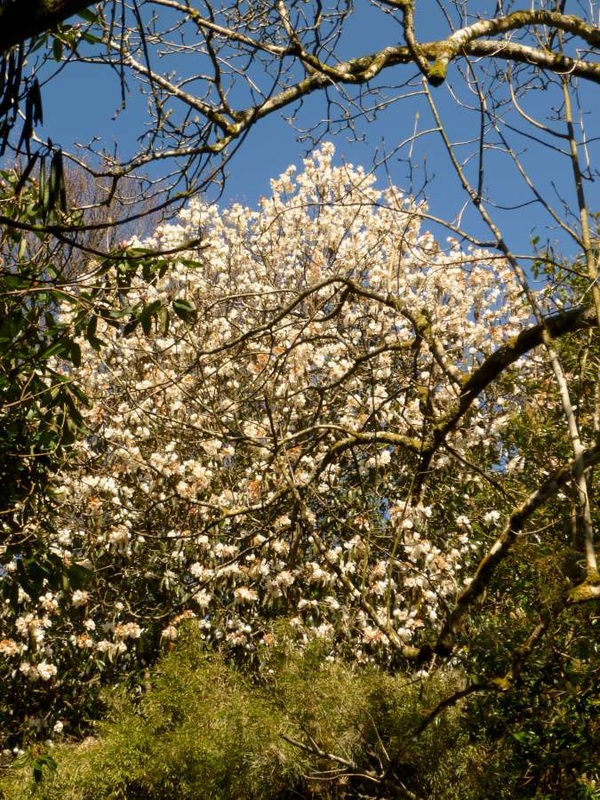
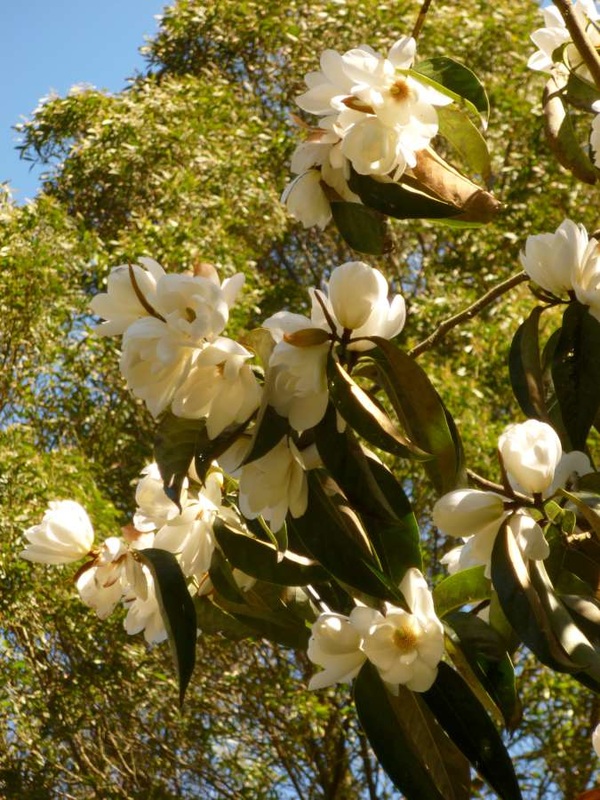
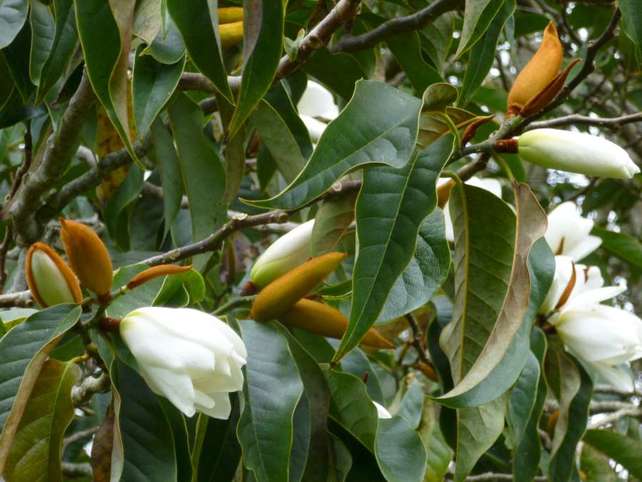
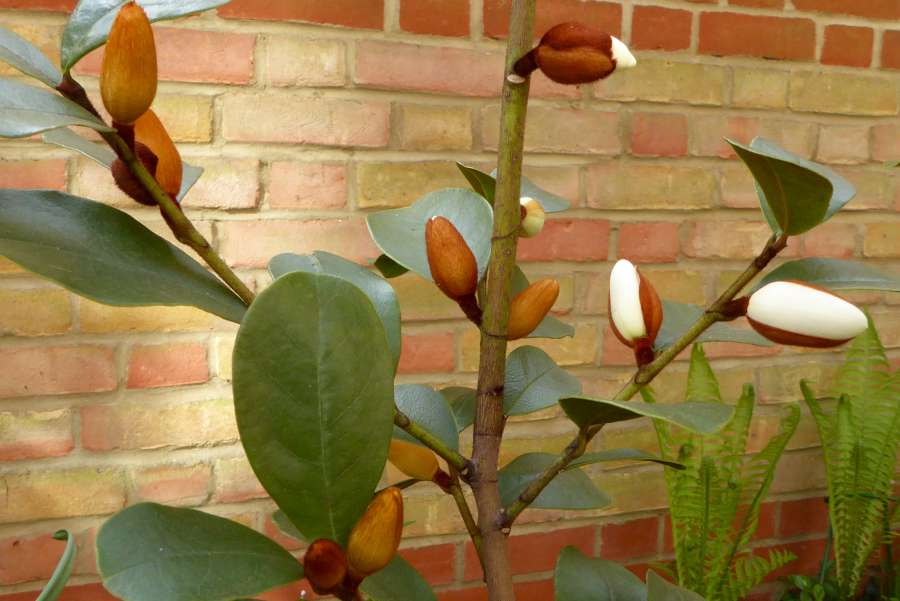
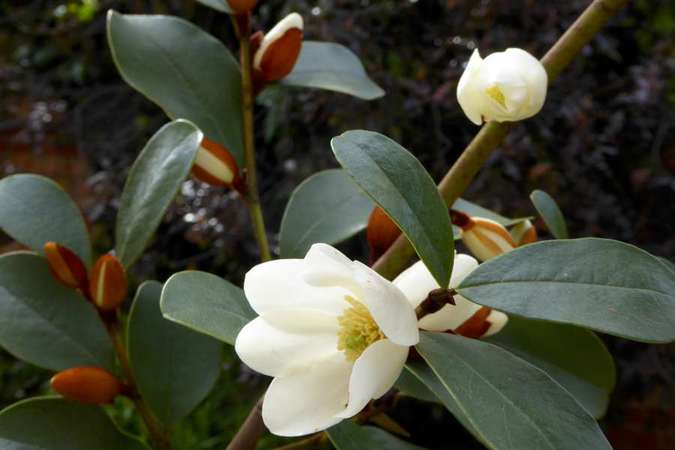
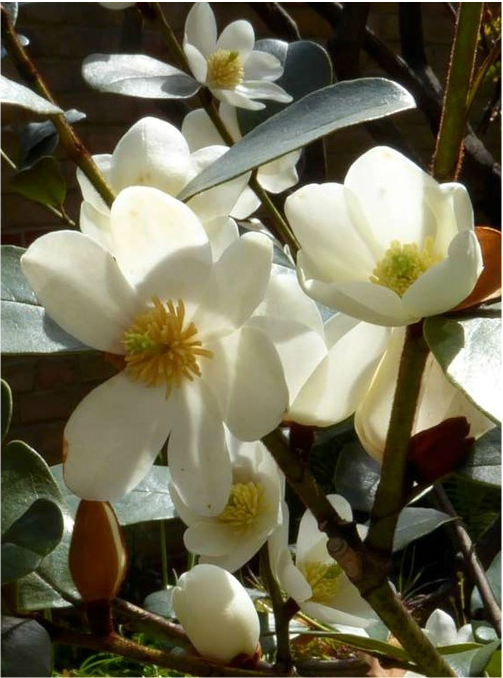
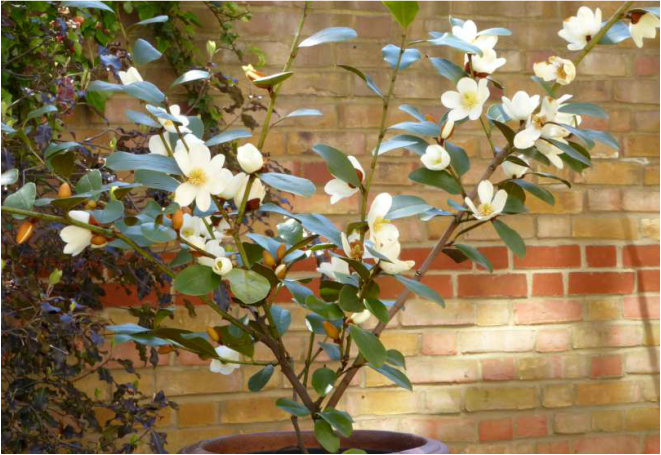
 RSS Feed
RSS Feed